Increasing Focus on Quality Control
The Machine Tool Touch Probe Market is increasingly influenced by the growing focus on quality control across various manufacturing sectors. As companies strive to enhance product quality and minimize defects, the implementation of precise measurement tools becomes essential. Touch probes are integral to quality assurance processes, enabling manufacturers to conduct thorough inspections and maintain high standards. Recent statistics indicate that the quality control market is expected to grow at a CAGR of 8% in the coming years, which will likely drive the demand for machine tool touch probes. This emphasis on quality not only improves customer satisfaction but also reduces costs associated with rework and scrap, thereby reinforcing the importance of the Machine Tool Touch Probe Market.
Growth of Automation in Manufacturing
The Machine Tool Touch Probe Market is poised for growth due to the increasing automation in manufacturing processes. As industries strive for operational efficiency and reduced labor costs, the adoption of automated systems is becoming more prevalent. Touch probes play a crucial role in automated quality control systems, ensuring that components meet stringent specifications without manual intervention. According to recent data, the automation market is expected to expand at a CAGR of 9% over the next few years, which will directly impact the demand for machine tool touch probes. This trend indicates a shift towards more sophisticated manufacturing environments, where precision and speed are essential, thereby driving the Machine Tool Touch Probe Market.
Rising Demand for Precision Engineering
The Machine Tool Touch Probe Market is experiencing a notable surge in demand for precision engineering across various sectors, including aerospace, automotive, and medical devices. As industries increasingly prioritize accuracy and quality in manufacturing processes, the need for advanced measurement solutions becomes paramount. The market for machine tool touch probes is projected to grow at a compound annual growth rate (CAGR) of approximately 6% over the next five years. This growth is driven by the necessity for high-precision components, which are essential for maintaining competitive advantage in technology-driven markets. Consequently, manufacturers are investing in touch probe technologies to enhance their production capabilities, thereby propelling the Machine Tool Touch Probe Market forward.
Expansion of the Aerospace and Defense Sector
The Machine Tool Touch Probe Market is benefiting from the expansion of the aerospace and defense sector, which is characterized by stringent quality standards and the need for high-precision components. As countries invest in their defense capabilities and aerospace technologies, the demand for advanced manufacturing solutions, including touch probes, is likely to increase. The aerospace industry, in particular, is projected to grow at a CAGR of 7% over the next five years, necessitating the use of reliable measurement tools to ensure compliance with safety regulations. This growth presents a significant opportunity for the Machine Tool Touch Probe Market, as manufacturers seek to enhance their production processes to meet the rising demands of this sector.
Technological Advancements in Probing Solutions
Technological advancements are significantly influencing the Machine Tool Touch Probe Market, as innovations in probing solutions enhance measurement accuracy and efficiency. The introduction of wireless and optical touch probes has revolutionized traditional measurement techniques, allowing for real-time data acquisition and analysis. These advancements not only improve the speed of operations but also reduce the likelihood of human error, which is critical in high-stakes manufacturing environments. Furthermore, the integration of artificial intelligence and machine learning into probing systems is expected to optimize performance and predictive maintenance. As a result, the Machine Tool Touch Probe Market is likely to witness increased adoption of these advanced technologies, fostering a more competitive landscape.


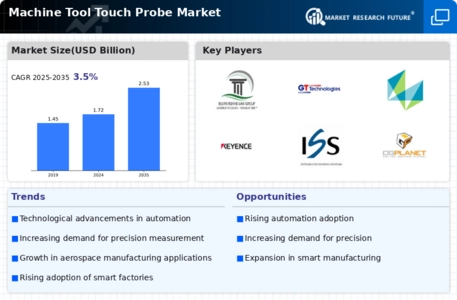
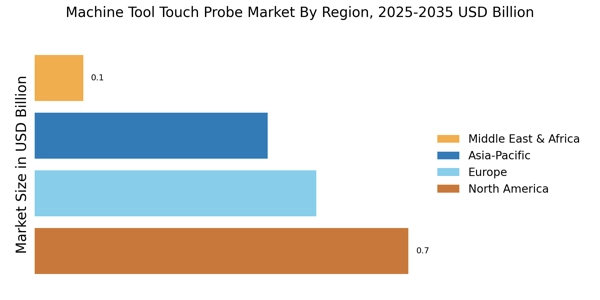
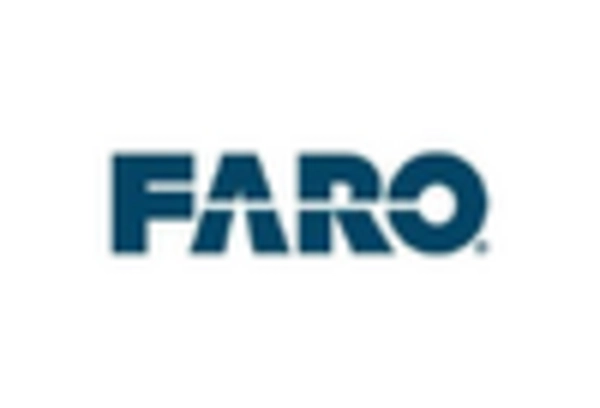
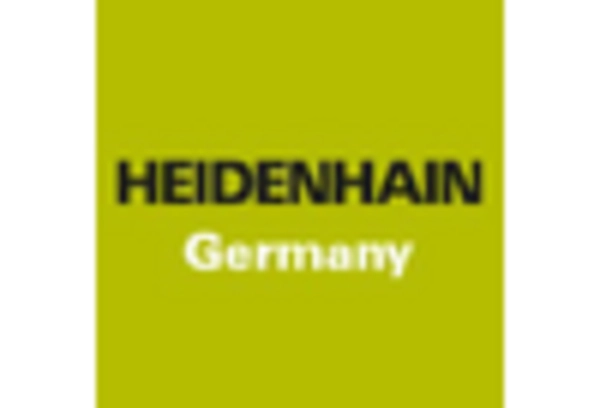

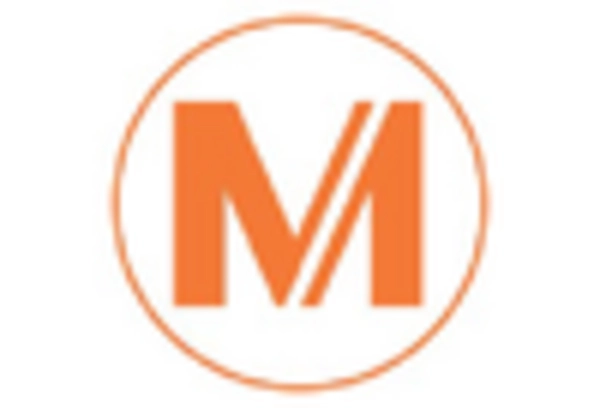
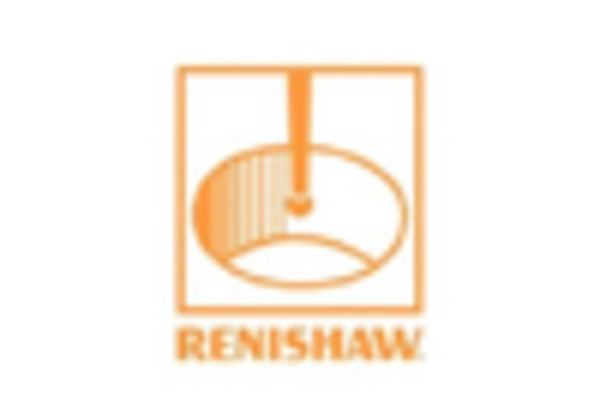
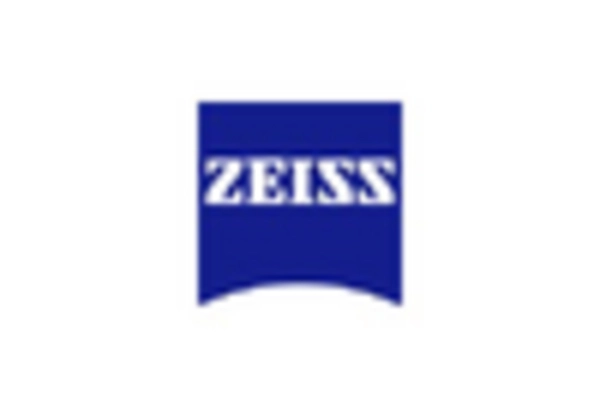








Leave a Comment